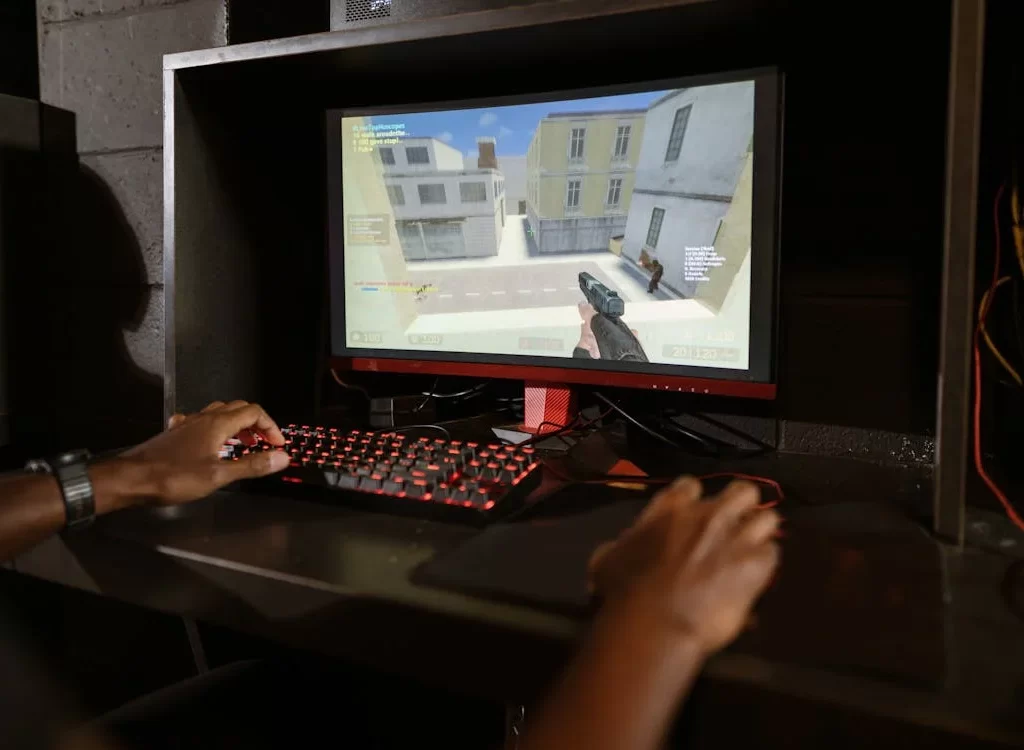Modern gaming has focused on live online multiplayer games that constantly publish free updates with new cosmetic content. In-game cosmetics have become integral in gaming for its appeal, licensing, rarity, market, and limited releases. Moreover, players have turned gaming cosmetics, or skins, into a market of value and rarity.
What are gaming skins and what gives them value? Continue reading to learn more.
Definition & Purpose
Gaming cosmetics, or skins, are virtual in-game customizable items that do not enhance or provide advantages against other players. Medium, an online publishing platform, adds that gaming skins are “an in-game file that modifies the appearance of a character or item.” Cosmetics are primarily used for in-game appearances and its attainability vary from limited or holiday events, microtransactions, or franchise marketing releases.
Cosmetics also allow developers to create skins based on any theme or art style their game engine and licensing are limited to. However, most skins are blocked behind a microtransaction paywall that incentivize players to purchase in-game currency to unlock a desired cosmetic. This generates uniqueness and exclusivity for players as they can display their exclusive skin or show off the latest thirty-dollar skin. In addition, rare or limited skins create a separate player market where skins are given monetary value.
Value & Rarity
A skin’s monetary value and rarity is based primarily by copies created, limited attainability, and demand. Headstuff, an arts and culture website, simplifies it to “people assigning greater value to scarce items.” They add that players “tend to seek them out to feel powerful or get in on something exclusive.” The purpose of skins is to flaunt whatever skin the player chooses, and to show off their exclusive, newest, or expensive skin.
Cosmetics can show a player’s skill or longevity for earning a skin from a difficult challenge or from a skill-based tournament. Likewise, it can also be a monetary transaction made to buy a licensed skin like the collaboration between Overwatch and anime Cowboy Bebop. Games can hold time-limited or holiday events with cosmetics as rewards for playing or completing challenges. Skins can come from different places, but it can also dictate its price among community markets.
Market Prices
As stated previously, rare skins will be priced higher than most skins, but its uniqueness plays a large factor. For instance, an item’s history, design, or discontinuation can increase the price and demand. Headstuff lists Counter-Strike: Global Offensive (CS GO) as one the most expensive skin markets because of the playerbase. They state that skins are “assigned a rarity scale that is enticing and fun for the community to follow.” Essentially, players can dictate the prices of skins based on the aforementioned rarity and uniqueness. Sites like CS Money allow players to take part in the cosmetic market and trade with other players.
To Conclude
Several factors make up a skin’s value but it serves to be a fundamental feature of modern gaming. Players can customize their characters however they like and earn a sense of exclusivity and uniqueness because of skins. They can also create a market out of in-game cosmetics and a community of similar cosmetic enthusiasts.
For more about gaming, communities, and art, visit the rest of FerryGodmother.com.

